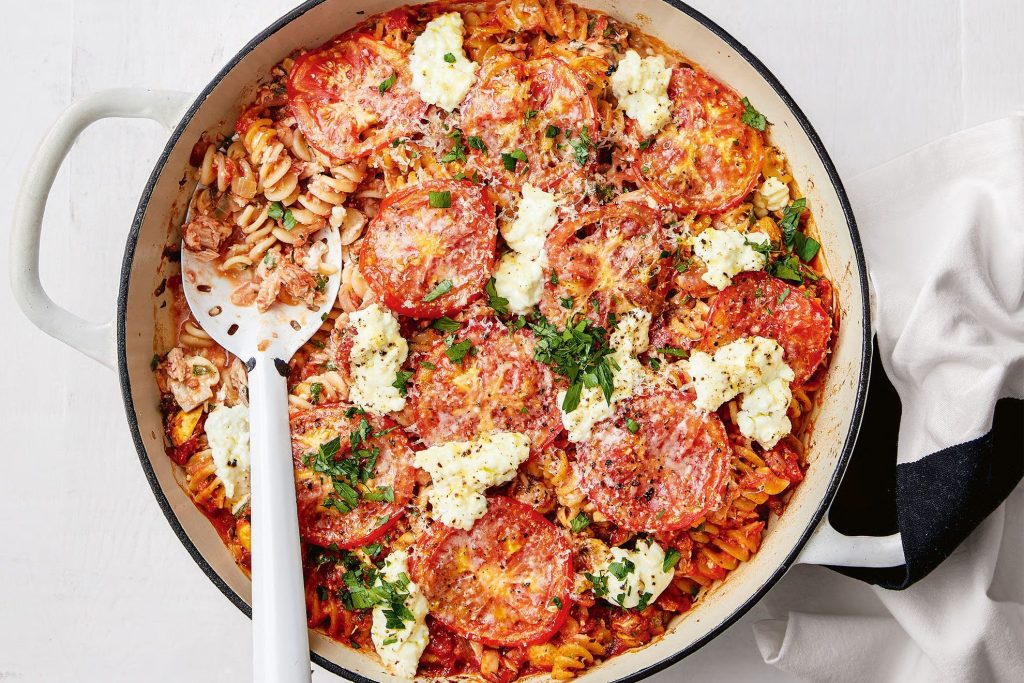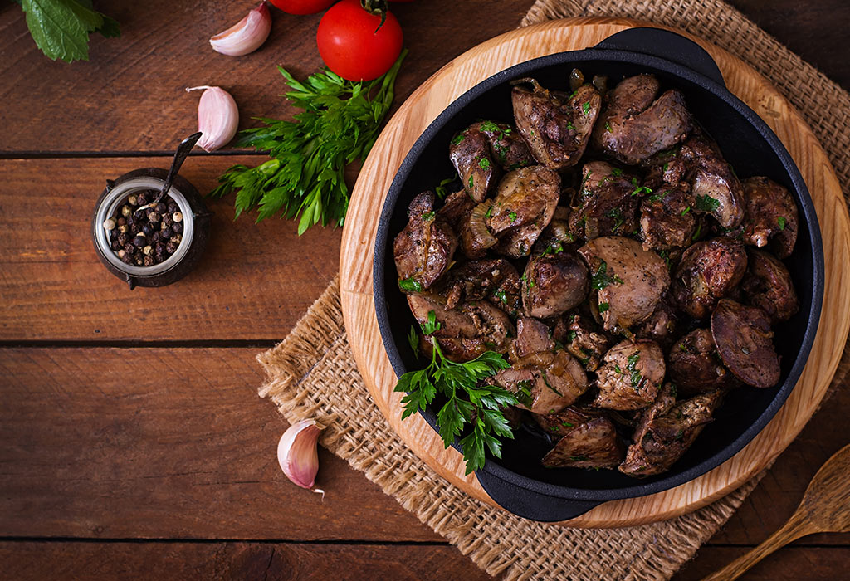Eating healthy and delicious meals doesn’t require a hefty grocery bill. With a little planning, creativity, and some handy tips, you can transform budget-friendly ingredients into satisfying and nutritious dishes. This guide equips you with the knowledge and strategies to become a master of budget-conscious cooking, without sacrificing flavor or quality.
Planning is Power: The Foundation of Budget Cooking
Planning your meals for the week is the cornerstone of successful budget cooking. Here’s how to get started:
- Inventory Check: Before heading to the grocery store, take stock of what you already have in your pantry, refrigerator, and freezer. Utilize those staples in your meal planning.
- Weekly Meal Plan: Plan your meals for the week, considering dietary needs and preferences. This helps create a grocery list and avoids impulse purchases.
- Grocery List Magic: Stick to your list! Avoid impulse buys and focus on buying only what you need for the planned meals. Consider generic brands or store brands for staples when possible.
Pantry Powerhouses: Essential Budget-Friendly Staples
Building a well-stocked pantry with budget-friendly staples is key. These versatile ingredients can be transformed into countless dishes:
- Grains: Whole grains like brown rice, quinoa, and whole-wheat pasta offer a foundation for many meals. They’re filling, affordable, and can be combined with various protein and vegetable sources.
- Beans and Lentils: These nutritional powerhouses are packed with protein, fiber, and essential nutrients. They can be enjoyed in soups, stews, dips, and even salads, adding heartiness and flavor without a hefty price tag.
- Canned Goods: Canned diced tomatoes, beans, vegetables, and tuna are affordable and shelf-stable. They’re perfect for quick and easy meals and can be incorporated into various dishes.
- Frozen Vegetables: Flash-frozen vegetables are an excellent source of vitamins and minerals at an affordable price. They’re readily available year-round and can be steamed, roasted, or stir-fried for a quick and healthy side dish.
Meat Marvels: Stretching Your Protein Budget
While meat can be expensive, there are ways to stretch your protein budget:
- Chicken: Chicken is a versatile and affordable protein source. Consider buying whole chickens and cutting them up yourself for various uses. Leftover chicken can be transformed into soups, salads, or stir-fries.
- Ground Meat in Bulk: Purchase ground meat in bulk and portion it out for future meals. It can be used in burgers, meatballs, chili, or stuffed peppers.
- Eggs: An incredibly affordable and protein-rich option, eggs can be enjoyed for breakfast, lunch, or dinner. They’re also a great source of choline, essential for brain health.
- Vegetarian Options: Explore vegetarian protein sources like tofu, tempeh, and lentils. They offer a complete protein profile when combined with grains, and can be seasoned and cooked in countless ways.
Spice Up Your Life: Flavor Without Breaking the Bank
Don’t let a limited budget translate to bland meals. Herbs and spices add depth and complexity of flavor to even the simplest dishes. Invest in a basic spice rack with staples like garlic powder, onion powder, cumin, chili powder, and oregano. Explore ethnic spices to add variety to your culinary repertoire.
Mastering Leftovers: Transforming Your Meals
Leftovers are a budget-saver’s best friend! Repurpose leftovers into entirely new dishes. Leftover roasted chicken can be transformed into chicken salad or added to a stir-fry. Cooked vegetables can be incorporated into frittatas or omelets. Get creative and avoid food waste!
Beyond the Recipe: Budget-Conscious Cooking Techniques
Here are some additional tips to help you become a budget-savvy cook:
- Cook in Bulk: Cooking large batches of soup, stews, or chili allows for portioning and freezing for future meals.
- Embrace Seasonality: Seasonal produce is generally more affordable and flavorful. Explore farmer’s markets for fresh, local ingredients at competitive prices.
- Get Creative with Leftovers: Get creative and repurpose leftovers into new dishes to avoid food waste and maximize your grocery budget.
- Embrace Plant-Based Meals: Explore hearty and flavorful vegetarian meals. Beans, lentils, and tofu offer complete protein options at a lower cost than meat.
- Cooking at Home vs. Eating Out: Eating out frequently can significantly impact your budget. Cooking at home allows for portion control and healthier choices, saving money in the long run.
Conclusion: Delicious Doesn’t Have to Be Expensive
Cooking on a budget doesn’t have to mean sacrificing flavor or variety. With a little planning, resourcefulness, and a dash of creativity, you can transform budget-friendly ingredients into delicious and nutritious meals. By planning your meals, utilizing pantry staples, and embracing budget-conscious techniques, you can become a master of budget cooking. Remember, cooking at home allows you to control ingredients, portion sizes, and ultimately, your health and well-being. So, grab your grocery list, unleash your inner chef, and embark on a culinary adventure that’s kind to your wallet and your taste buds!
Related: How to make strawberry jam
Bonus Tips:
- Get Cooking Inspiration Online: Explore recipe websites and food blogs for inspiration on budget-friendly meals. Many resources offer creative and delicious recipes using affordable ingredients.
- Learn Basic Cooking Techniques: Mastering basic cooking techniques like sauteing, roasting, and braising allows you to experiment with various ingredients and create flavorful dishes.
- Host Potlucks: Gather your friends and family for potluck gatherings. Everyone contributes a dish, offering a variety of meals while keeping costs down.
- Consider Meal Prep: Dedicate some time each week to prepping ingredients for future meals. This saves time during the week and reduces the temptation to order takeout.
By embracing these strategies and unleashing your culinary creativity, you can transform budget-conscious cooking into a rewarding and delicious experience. So, happy cooking!





